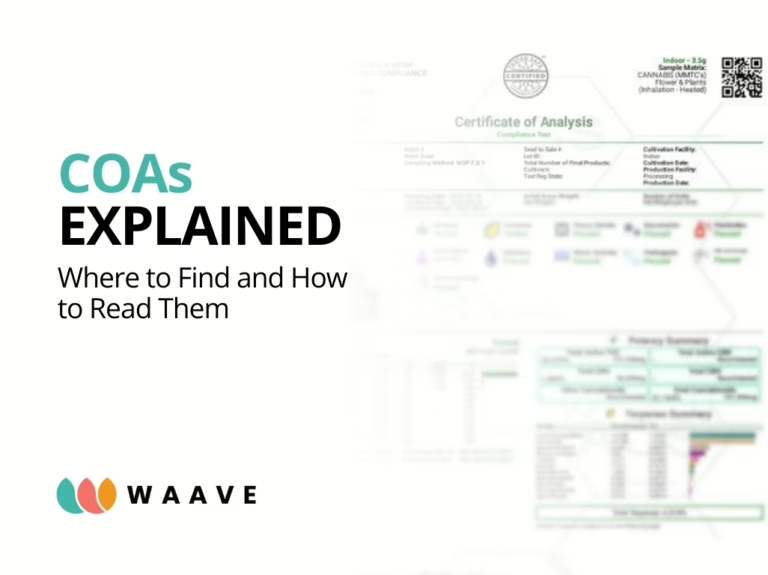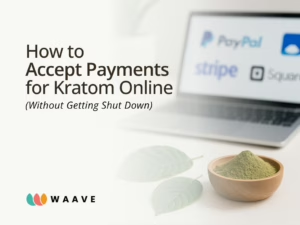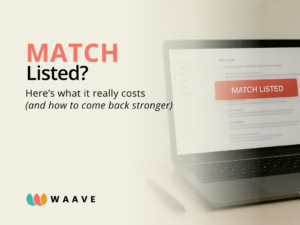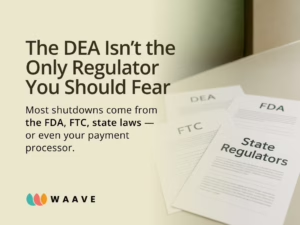When shopping for CBD, kratom, or other wellness products, you may notice some sellers display a Certificate of Analysis (COA). If you’ve never heard of it before, you’re not alone. Many consumers don’t know what a COA is, why it matters, or how to read one. This guide breaks it down in simple terms so you can shop with more confidence.
What Is a Certificate of Analysis (COA)?
A COA is a lab report created by an independent, accredited testing laboratory. It shows exactly what’s inside a product—confirming whether the label matches the contents.
Think of it as a fact-check for ingredients. It can confirm:
- The product has the advertised amount of CBD, kratom alkaloids, or other active compounds.
- It does not contain harmful levels of contaminants such as heavy metals, pesticides, or solvents.
- The product meets certain legal or safety thresholds where required.
Do All Products Require a COA?
Not every wellness product you buy legally requires a COA. The rules vary by state, by product type, and sometimes even by the category (like food, supplements, or smokables).
For example:
- CBD and hemp products often need COAs because laws set limits on THC content.
- Kratom products may need COAs in states that passed a Kratom Consumer Protection Act (KCPA).
- General supplements may not legally require COAs, but reputable brands often provide them voluntarily.
So while you might not see a COA for every item, many responsible sellers choose to share them to build consumer trust.
Where to Find a COA
When shopping online or in stores, here’s where to look:
- Product page on a website: Many brands link the COA directly next to the product description.
- QR codes on packaging: Scan it with your phone to pull up the lab report.
- Request from the seller: If you don’t see it, you can always ask. A transparent seller should provide one quickly.
If you can’t find a COA at all, that’s often a red flag.
How to Read a COA (Without a Science Degree)
At first glance, COAs look technical. Here are the key sections to check:
- Product details
- The product name should match the one you’re buying.
- If it’s flavored (like gummies or tinctures), make sure the COA is for that exact version.
- The product name should match the one you’re buying.
- Date of the test
- A COA should be recent—usually less than 12 months old.
- A COA should be recent—usually less than 12 months old.
- Laboratory information
- The COA should come from an independent, accredited lab, not the brand itself.
- The COA should come from an independent, accredited lab, not the brand itself.
- Cannabinoid or alkaloid profile (depending on product)
- For CBD: Check THC content is within legal limits (usually under 0.3%).
- For kratom: Look for confirmation of the natural alkaloids, not synthetics.
- For CBD: Check THC content is within legal limits (usually under 0.3%).
- Contaminant testing
- Many COAs include results for heavy metals, pesticides, and microbial safety. You’ll want to see “ND” (not detected) or “Pass.”
- Many COAs include results for heavy metals, pesticides, and microbial safety. You’ll want to see “ND” (not detected) or “Pass.”
Why COAs Matter for You
Even when not legally required, a COA helps you as a consumer:
- Transparency – You know what you’re putting into your body.
- Trust – Brands that publish COAs are usually more reliable.
- Safety – COAs confirm the absence of dangerous contaminants.
It’s like reading the nutrition label on food—you wouldn’t eat something without knowing what’s inside.
Final Thoughts
Wellness products aren’t regulated the same way as everyday groceries, which is why COAs are so valuable. Next time you shop, take a few minutes to look for one. Even if not every product requires it by law, a COA can give you peace of mind that what you’re buying is exactly what’s promised.
Want to receive this by email?





